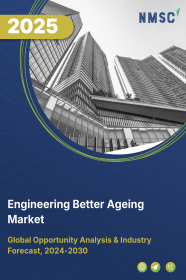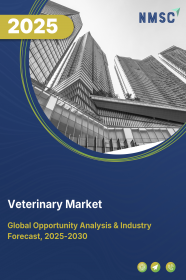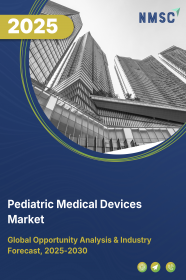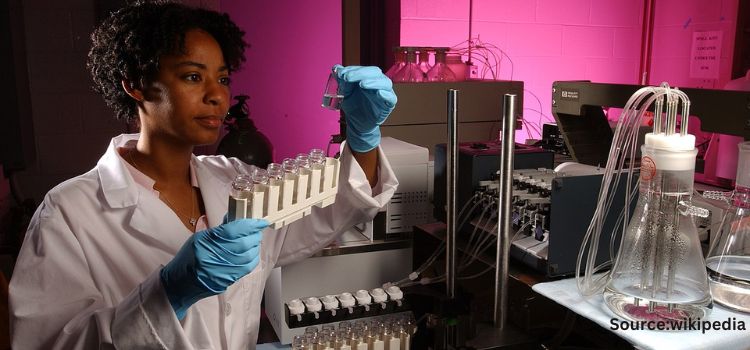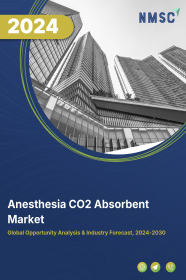
Anesthesia CO2 Absorbent Market by Product (Medisorb, Dragersorb, Soda Lime, Amsorb, and Litholyme), by Type (Traditional and Premium), by Form (Powered Form and Granular Form), by Application (Medical and Others), and by End User (Hospitals, Clinics, and Ambulatory Surgery Centers) - Global Opportunity Analysis and Industry Forecast 2023 – 2030
US Tariff Impact on Anesthesia CO2 Absorbent Market
Trump Tariffs Are Reshaping Global Business
Market Definition
The Anesthesia CO2 Absorbent Market size was valued at USD 72.14 million in 2022, and is predicted to reach USD 137.65 million by 2030 with a CAGR of 8.4% from 2023 to 2030.
An anesthesia CO2 absorbent is a device or material used in anesthesia machines to remove carbon dioxide (CO2) from the exhaled air of a patient during surgery or other medical procedures. The absorbent typically consists of granular or powdered material, such as soda lime or calcium hydroxide, which reacts with CO2 in the exhaled air to produce water and a solid carbonate compound that remains in the absorbent canister. The CO2 absorbent helps to maintain proper levels of CO2 in the patient's system, which is important for patient safety during anesthesia. The absorbent canister must be monitored and replaced periodically to ensure its effectiveness.
Market Dynamics and Trends
Rise in demand for anesthesia CO2 absorbent is attributed to rise in number of cardiac surgery treatments such as open-heart surgery for vein blockage that requires CO2 to prevent cerebral or myocardial damage by air embolism. In addition, rise in incidences of chronic diseases such as neurological ailments, respiratory disorders, and cardiac arrest are expected to further propel growth of the anesthesia CO2 absorbent market.
A report published in March 2023, by World Health Organization (WHO) in 2019, chronic obstructive pulmonary disease (COPD) is the third leading reason of death globally causing 3.23 million deaths. COPD causes persistent and progressive respiratory symptoms that include difficulty in breathing, cough, and phlegm production.
Moreover, growth in technological advancements in eco-friendly CO2 absorbents is driving the growth of the market. For instance, GE Healthcare's AMSORB Plus is an eco-friendly CO2 absorbent that takes basics of CO2 absorption and builds on them to improve patient care during anesthesia treatment. It does not contain alkali or produce carbon monoxide and formaldehyde, which are harmful to patients.
However, adverse effects of chemicals in CO2 absorbents impact the environment negatively such as inhaled anesthetics are actually a form of greenhouse gas that can be harmful to the ozone layer, which, in turn, restrains the market growth. On the contrary, continuous development of emerging CO2 absorbent formulations to improve product performance and reduce in-process energy consumption is expected to create ample growth opportunities for the market in the coming years.
For instance, CO2 absorbents such as liquid-liquid biphasic, liquid-solid biphasic, enzymatic, and encapsulated absorbents encourage results by improving energy efficiency and enhancing CO2 absorption kinetics, which increases cyclic CO2 loading and help in reducing regeneration temperature.
Market Segmentation and Scope of the Study
The anesthesia CO2 absorbent market is segmented on the basis of product, application, end user, type, form, and region. On the basis of product, the market is categorized into medisorb, dragersorb, soda lime, amsorb, and litholyme. On the basis of application, it is divided into medical and others. On the basis of end user, it is segmented into hospitals, clinics, and ambulatory surgery centers. On the basis of type, it is bifurcated into traditional and premium. On the basis of form, it is classified into powered form and granular form. Geographic breakdown and analysis of each of the aforesaid segments include regions comprising North America, Europe, Asia-Pacific, and Row.
Geographical analysis
North America holds a predominant share of anesthesia CO2 absorbent market, and is expected to boost the market during the forecast period. This is attributed to factors such as growth in elder population in countries such as the U.S. and Canada that further need these CO2 absorbents for treatment of neurological ailments and respiratory diseases.
For instance, according to Statistics Canada, there were over 861,000 people aged 85 and older counted in the 2021 Census, which is more than twice the number recorded in the 2001 Census report. In addition, growth in number of anesthesia CO2 absorbents, owing to rise in cases of heart disease especially in the United States are expected to drive the market in this region.
For instance, in 2020, according to Centers for Disease Control and Prevention (CDC), leading cause of death for men and women of most racial and ethnic groups in the U.S. was heart disease. It is estimated that around 697,000 people in the U.S. died from heart disease.
On the other hand, Asia-Pacific is expected to show a steady rise in the market, owing to rapidly growing cases of cardiovascular diseases (CVD), which drive demand for the anesthesia CO2 absorbent in treating patients in this region. For instance, in June 2021, according to the American College of Cardiology, half of the cardiovascular disease deaths globally occured in Asian countries such as China, Japan, and South Korea. China’s mortality rate is relatively high in CVD, which was 40% of the total deaths in 2019.
Moreover, rise in burden of neurological diseases such as Alzheimer’s, stroke, and neuromuscular disorders is expected to drive the anesthesia CO2 absorbent market growth in this region. , according to a report published by AHA Journal, in February 2022neurological diseases were recorded 64.4 million in South-East Asia and 85 million in Western Pacific regions in 2019.
Competitive Landscape
The anesthesia CO2 absorbent market comprises various players such as Drager, Smiths Medical, Allied Healthcare, Armstrong Medical, Micropore, Molecular, Intersurgical, Molecular Products Group, SCL International, and Thomasnet. These market players are adopting various strategies such as product launches across various regions to maintain their dominance in the anesthesia CO2 absorbent market.
For instance, in September 2021, Armstrong Medical launched AMSORB PLUS. It is a chemical substance used to absorb carbon dioxide (CO2) when a patient breathes out while under anesthetic procedure.
In addition, in November 2020, Smiths Medical launched EchoGlo peripheral nerve block portfolio. This addition to the Portex portfolio of pain management products offers customers a complete solution for regional anesthesia from the pump to the patient.
Key Benefits
-
The report provides quantitative analysis and estimations of the anesthesia CO2 absorbent market from 2023 to 2030, which assists in identifying the prevailing market opportunities.
-
The study comprises a deep dive analysis of the anesthesia CO2 absorbent market including the current and future trends to depict prevalent investment pockets in the market.
-
Information related to key drivers, restraints, and opportunities and their impact on the anesthesia CO2 absorbent market is provided in the report.
-
Competitive analysis of the players, along with their market share is provided in the report.
-
SWOT analysis and Porters Five Forces model is elaborated in the study.
-
Value chain analysis in the market study provides a clear picture of roles of stakeholders.
Key Market Segments
By Product
-
Medisorb
-
Dragersorb
-
Soda Lime
-
Amsorb
-
Litholyme
By Application
-
Medical
-
Others
By End User
-
Hospitals
-
Clinics
-
Ambulatory Surgery Centers
By Type
-
Traditional
-
Premium
By Form
-
Powered Form
-
Granular Form
By Region
-
North America
-
U.S
-
Canada
-
Mexico
-
-
Europe
-
U.K
-
Germany
-
France
-
Italy
-
Spain
-
Denmark
-
Netherlands
-
Finland
-
Sweden
-
Norway
-
Russia
-
Rest of Europe
-
-
Asia-Pacific
-
China
-
Japan
-
India
-
South Korea
-
Australia
-
Indonesia
-
Singapore
-
Taiwan
-
Thailand
-
Rest of Asia-Pacific
-
-
RoW
-
Latin America
-
Middle East
-
Africa
-
KEY PLAYERS
-
Drager
-
Smith Medical
-
Allied Healthcare
-
Armstrong Medical
-
Micropore
-
Molecular
-
Intersurgical
-
Molecular Products Group
-
SCL International
-
Thomasnet

















 Speak to Our Analyst
Speak to Our Analyst



